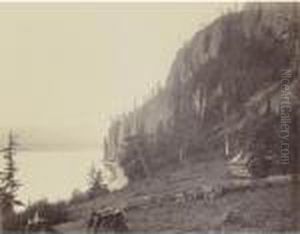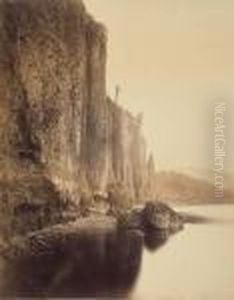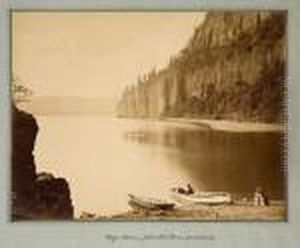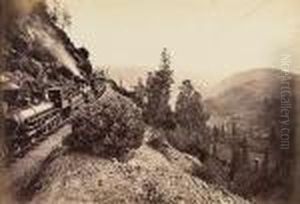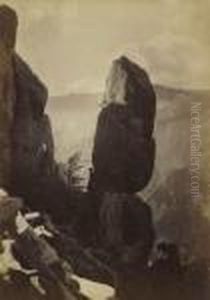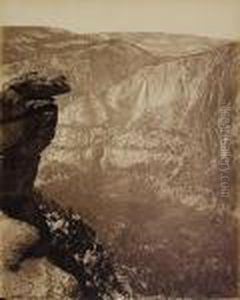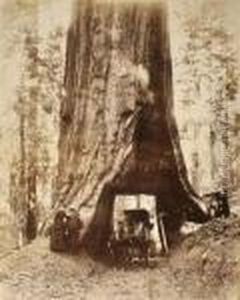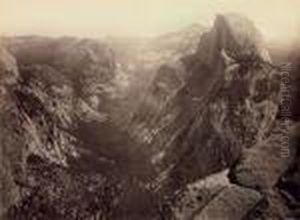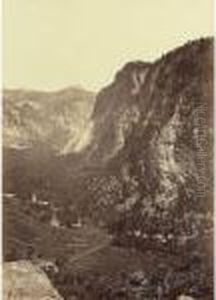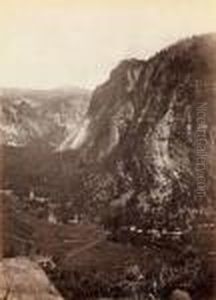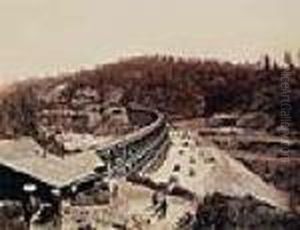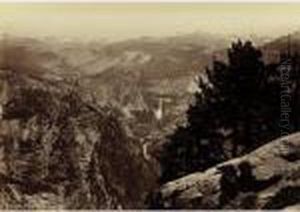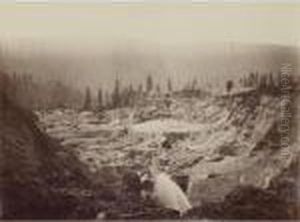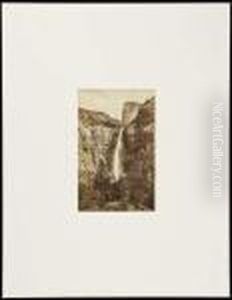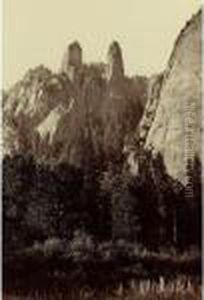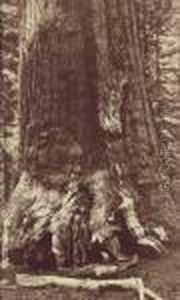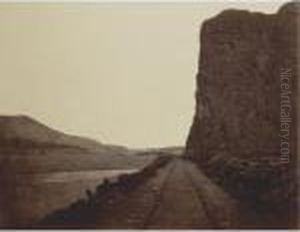





Cape Horn Near Celilo
-
About Reproduction
Discover the allure of art with our faithful reproduction of "Cape Horn Near Celilo", originally brought to life by the talented Carleton E. Watkins. Unlike posters or prints, our hand-painted oil painting breathes an unique sense of depth and texture into your space. Every detail, every stroke, and every texture is meticulously recreated, paying the perfect homage to Carleton E. Watkins and his artistic vision.
Owning this piece is more than just decoration - it's a statement of your refined taste in art. Let the vibrant colors and intricate details of this replica serve as a daily reminder of the beauty in our world. Elevate your decor and appreciate the richness of art with our replica of this masterpiece.
-
Painting Description
"Cape Horn Near Celilo" is a notable 19th-century photograph taken by Carleton E. Watkins, a pioneering American photographer renowned for his images of the American West. Watkins, born in 1829 and active primarily in the latter half of the 19th century, was a master of landscape photography and played a significant role in influencing public perceptions of the Western frontier, including the Pacific Northwest.
The photograph "Cape Horn Near Celilo" captures a striking view of Cape Horn, a cliff on the Columbia River in Washington state, near the now-submerged Celilo Falls. The image is part of Watkins's broader body of work that documented the rugged beauty and grandeur of the Columbia River Gorge, which was a major transportation route and held great economic and cultural significance for the region.
Taken with Watkins's customary large-format camera, which provided exceptional detail and clarity, the photograph is a testament to his technical skill and artistic vision. The composition likely features the expansive vistas and dramatic interplay of light and shadow that are characteristic of Watkins's landscape photography. His work not only served as a record of the American landscape during a period of rapid change and development but also helped to foster an appreciation for the natural environment and contributed to early conservation efforts.
"Cape Horn Near Celilo" would have been produced during one of Watkins's trips to the Pacific Northwest, possibly in the 1860s or 1870s, when he undertook several journeys to photograph the region's landscapes. These images were often distributed as individual prints or included in albums that were sold to patrons, exhibited in galleries, and sometimes used to promote travel and settlement in the West.
As with many of Watkins's photographs, "Cape Horn Near Celilo" not only holds artistic value but also serves as an important historical document. The photograph provides a visual record of the Columbia River before the construction of dams and other alterations that dramatically transformed the river's ecology and landscape. Celilo Falls, for example, was a significant Native American fishing site for thousands of years before it was submerged by the Dalles Dam in 1957.
Today, Carleton E. Watkins's photographs are held in the collections of major museums and institutions, and they continue to be studied and admired for their historical significance and aesthetic quality. "Cape Horn Near Celilo" remains a powerful example of Watkins's legacy as one of the foremost photographers of the American West.
-
Lead Time & Shipping
When you order this oil painting replica, it typically takes 2-3 weeks to paint. If the artwork is more complex, it might need a little more time to ensure the best quality. Once it's ready, we'll send you a photo for your approval. After you give the green light, we'll ship it to you for free.
-
Return & Refund
We believe in the quality of our hand-painted oil painting reproductions, and your satisfaction is our priority. If for any reason, you are not completely satisfied with your purchase, we offer a 45-day return policy. You can return your artwork within 45 days of receipt and receive a full refund. Please note that the artwork must be returned in the original packaging and in the same condition as it was received.





